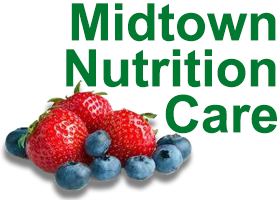FOOD ADDITIVES
Food additives are chemicals that are added to food products and their packaging. More than 10,000 additives are allowed in food. Some are directly added while others get into food during processing, storage and packaging. Most additives are not a cause for concern but how do you know which ones to try to avoid or minimize in your diet?
A good place to start is a list compiled by the Environmental Working Group (EWG) called the Dirty Dozen Guide to Food Additives http://www.ewg.org/research/ewg-s-dirty-dozen-guide-food-additives
EMG’s DIRTY DOZEN LIST
1. Nitrites and nitrates–these are often added to cured meats and are a possible cause of cancer.
2. Potassium bromate–this can cause cancer in animals and is banned in the United Kingdom and Canada.
3. Propyl paraben
4. Butylated hydroxyanisole (BHA)
5. Butylated hydroxytoluene (BHT)
6. Propyl gallate–Propyl paraben, BHA, BHT, and propyl gallate are classified by the FDA as Generally Recognized as Safe (GRAS). However, there are some questions as to whether they may cause endocrine disruption or cancer.
7. Theobromine–this is now listed as GRAS without, however, the FDA’s approval.
8. Secret flavor ingredients–flavor mixtures could be made up of more than 100 substances. Consumers have no way of knowing what is actually in something called flavoring.
9. Artificial colors–FD&C colors and Caramel III and IV are widely used in highly processed foods, and could be contaminated with other compounds.
10. Diacetyl–this is used as a butter flavoring on microwave popcorn and linked to a respiratory condition that can cause scarring in the lungs.
11. Phosphate-based food additives
12. Aluminum-based additives–Phosphate-based and Aluminum-based food additives are being studied by scientists to determine if there may be a link between these additives and health effects. In the meantime, EWG recommends limiting the consumption of foods containing them.
TIPS TO DECREASE HARMFUL FOOD ADDITIVE CONSUMPTION
–Choose fresh foods that have been minimally processed with fewer ingredients.
–Urge the FDA to strengthen its regulatory system for food additives.
–Look at the EWG database called Food Scores that includes over 80,000 foods and their contents. You can use this database to find out what food additives are in your favorite foods. The database is contained in a smartphone app and online at http://www.ewg.org/foodscores/
